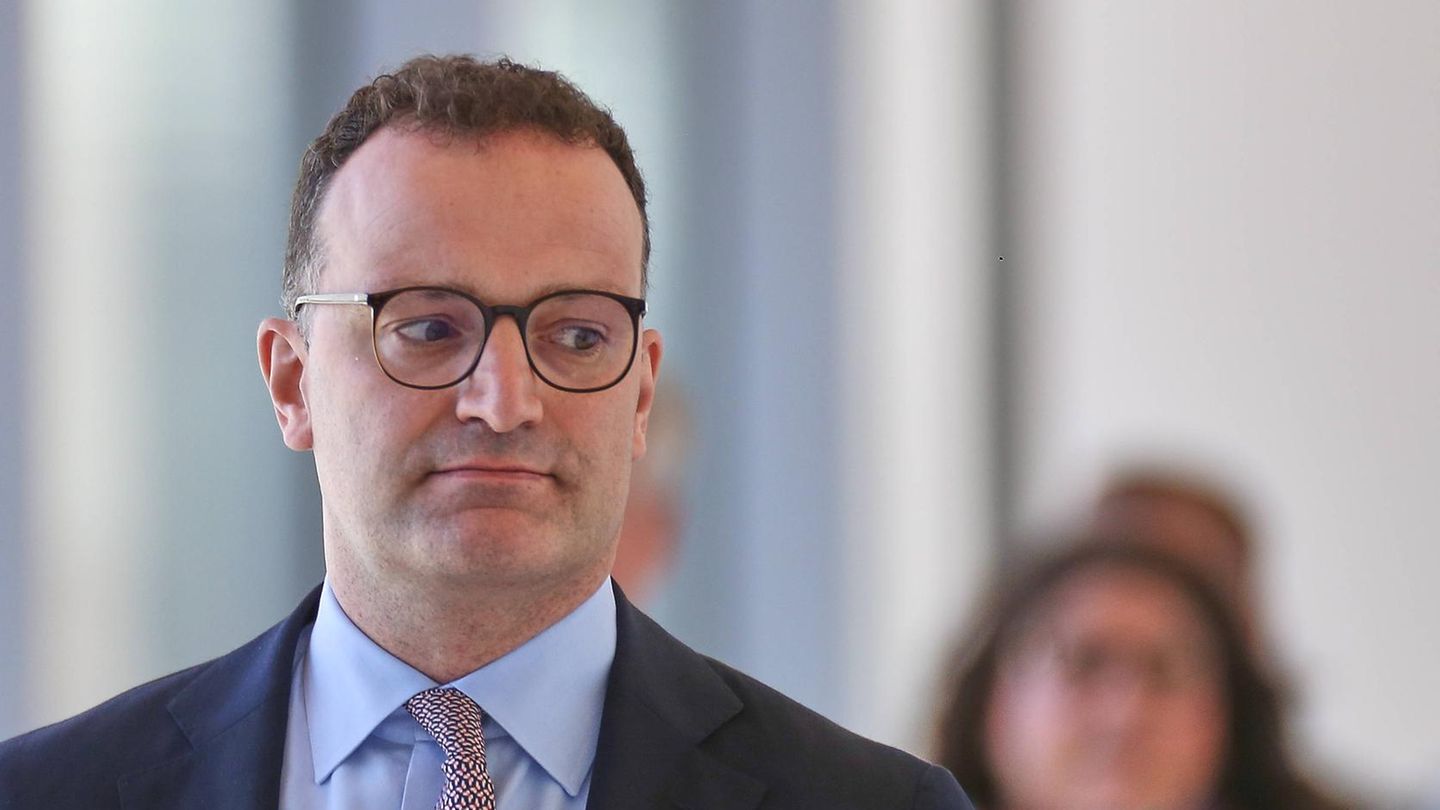Before the coalition talks
Migration reform – what will change at the limits?
Copy the current link
Add to the memorial list
Union and the SPD have different legal interviews when it comes to irregular migration. This conflict is also likely to accompany you in a new coalition.
The Union and SPD have struggled particularly long in their exploratory talks to make the planned changes in migration policy. How the agreements made have an impact in practice is seen differently. The most important questions and answers:
What will change the limits?
Nothing changes directly there. So far, the exploratory paper is only a non -binding route on which the CDU, CSU and SPD have agreed. In their joint paper, they cancel, among other things, more extensive rejections at the land borders in coordination with neighboring countries. If the three parties sign a coalition agreement in a few weeks, specific steps should follow. The SPD tends to see more legal hurdles than the Union, which also affects a rejection of asylum seekers at the land borders. CDU and CSU should therefore be interested in the fact that someone will be at the head of the responsible interior ministry in the future. This is currently heading the SPD politician Nancy Faeser.
Although it has successively ordered inpatient controls for all land borders, which has made it possible to reject people with an entry lock and everyone who does not want to apply for asylum. However, she was not ready for more with reference to the common European asylum system (GEAS).
Which European law hurdles are there?
The coalitioners in SPE have agreed to “make rejections in coordination with our European neighbors”, even if someone says they want to apply for asylum in Germany. So far this is not the case. Anyone who says “asylum” may pass the border if there is no temporary entry ban. According to the Federal Ministry of the Interior, around 80,000 unauthorized entry were found last year. There was a rejection in about 47,000 cases – for example when someone presented fake documents or because after deportation an entry lock had been given.
After entry it is checked whether another country is responsible for the asylum procedure. If this is not the case or the transfer there fails for other reasons, the German asylum procedure begins.
Heiko Teggatz, deputy chairman of the German Police Union, considers rejections from asylum seekers to be possible. He says: “We have bilateral withdrawal agreements with our neighboring countries, which generally enable rejections from asylum seekers.” These agreements are even older than the EU return directive. If the neighboring countries would act as much as Germany, a “domino effect that would be very desirable” would be.
The so-called Dublin rules, which determine in which European state a protective-seeker has to go through his asylum procedure, are opposed. However, some politicians and lawyers point out that these rules did not work properly, which is why one does not have to feel bound by it. Italy, for example, where many boat refugees arrive, recently removed practically no people back according to the Dublin rules. The Ministry of the Interior in Vienna announced that there was no return agreement between Austria and Germany for dismissed asylum seekers. From the perspective of the Austrian government, informal rejections contradicts EU law without a Dublin procedure. The Interior Ministry welcomes the German migration plans as a “change of course”, but rejects a takeover of rejected asylum seekers at the border.
How effective are rejections?
Not particularly without the so -called domino effect. “Many of the rejected appear again the next day or a few days later,” says Andreas Roßkopf, Chairman of the Federal Police/customs district of the police (GdP). Denmark already rejects asylum seekers on his border with Germany. However, there are only relatively few asylum seekers who try to get to Denmark via the land border from Germany.
Denmark has been controlling its limits in a changing intensity for years. Anyone who cannot identify themselves during the border controls and have no valid residence permit can be rejected by the officials. Unlike Germany, Denmark does not have to adhere to the EU’s asylum and integration specifications, since it has negotiated a so-called legal reservation when entering the EU.
What about family reunification?
Recognized refugees and entitled to asylum may still be able to bring their minor children, spouses and, in the event of unaccompanied minor, the parents. Even if the refugees cannot pay for living space and maintenance themselves. People with limited protection status – many Syrians – should no longer be allowed to temporarily be allowed to do so. Since the number of visas for their relatives in recent years has been limited to 1,000 per month in the past few years, 24,000 relatives would be less of the family reunification to Germany for two years. “Personal persons are separated from their relatives over long periods of time and deprived of their right to family life,” criticizes Pro Asyl.
What does the agreement mean for the federal police?
The federal police are already strongly challenged by the inpatient controls that are now available on all land borders. That should increase. The CDU chairman Friedrich Merz has already emphasized that the controls at the borders are intensified. In addition, the exploratory partners have agreed that the federal police can also take care of temporary detention or departure custody at train stations in Germany, if they meet with a fully available person, and thus promote deportation. So far, a handover to the state police is planned. The on -site immigration authority would also remain involved in the new procedure that has now been proposed, for which additional accommodation options would have to be created.
dpa
Source: Stern
I have been working in the news industry for over 6 years, first as a reporter and now as an editor. I have covered politics extensively, and my work has appeared in major newspapers and online news outlets around the world. In addition to my writing, I also contribute regularly to 24 Hours World.




